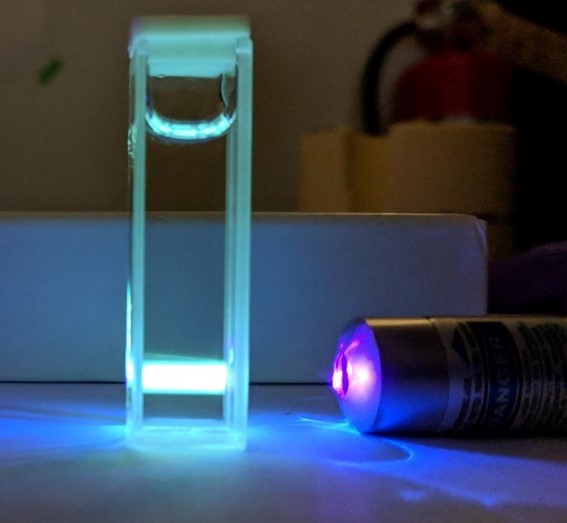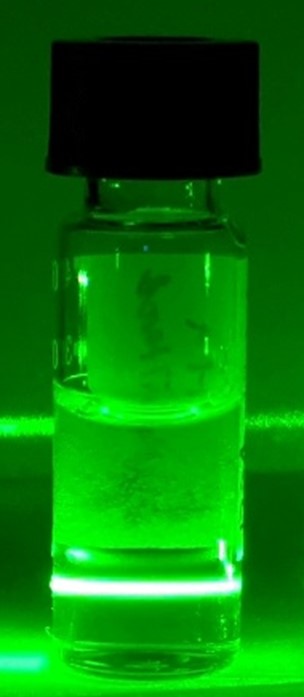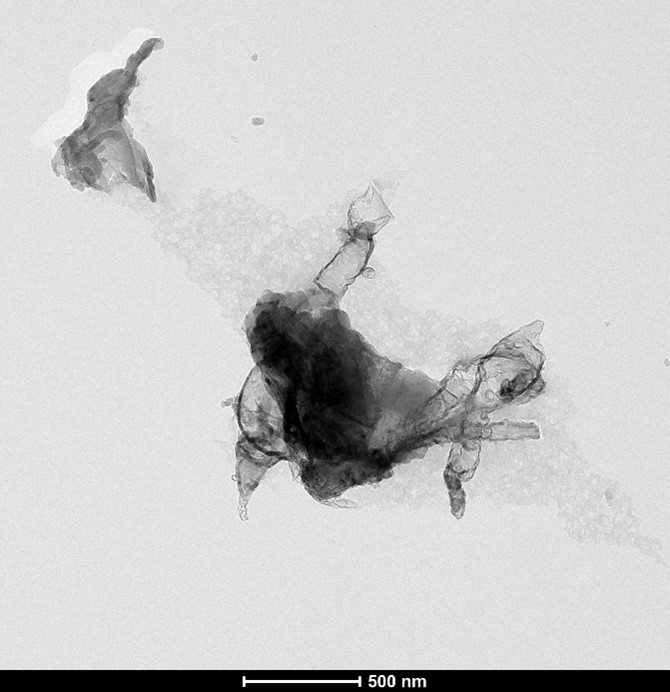Eumelanins are all around us, responsible for the brown-black color of hair and the ink from a cuttlefish. These unknown, heterogeneous structures have challenged experiments aiming to uncover structure-function relationships that explain their sunscreening functions for decades. In human skin, melanin is a natural sunscreen, which absorbs UV and visible photons, forming excited electronic states that decay on ultrafast timescales. In contrast to DNA, nonradiative decay mechanisms for melanin are not understood in large measure because of its uncertain structure.
While eumelanin is most appreciated for its sunscreening function, the pigment is also known to photogenerate radicals and sensitize reactive oxygen species like singlet oxygen, superoxide anions, and hydroxy radicals. This creates a dichotomy between its photoprotective and photodamaging aspects, making eumelanin a “double-edged sword”. We use femtosecond transient absorption spectroscopy to determine the ultrafast excited state relaxation and radical generation pathways underlying these photoprotective and photodamaging functions in natural and synthetic eumelanins.
Natural eumelanin contains pi-stacked chromophores, but the role that aggregation plays on its photochemical properties is poorly understood. As in DNA, excited state decay pathways in melanin likely differ dramatically from ones that operate in simpler building blocks such as DHI. For this reason, we are also studying synthetic melanin films and nanoparticles in a top-down approach. Melanin is highly redox active due to functional groups that can be switched between hydroquinone, semiquinone, and quinone forms. The rich redox chemistry of melanin suggests that it may play a role as either a scavenger or source of reactive oxygen species (ROS) in organisms. Synthetic melanins are also of great interest for a growing number of applications due to their nature as biocompatible, photo- and redox-active materials.
We are pursuing bottom-up and top-down studies of melanin excited states. Man-made melanins very similar to natural eumelanin are easily synthesized under mild conditions by the oxidative polymerization of dihydroxy-substituted aromatic compounds (catechols) such as the neurotransmitters dopamine and its precursor L-DOPA. We are studying small clusters of catechol derivatives that are thought to mimic melanin subunits such as 5,6-dihydroxyindole (DHI). Steady-state and time-resolved vibrational spectroscopy provide insight into hydrogen atom photodissociation pathways and how they are affected by intra- vs. intermolecular hydrogen bonding.
Chemical and structural disorder profoundly influence the steady-state spectroscopic properties of melanins. We are investigating the consequences of disorder, including redox disorder, on excited state dynamics. Finally, we are exploring parallels between melanin and man-made carbonaceous materials.




